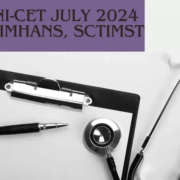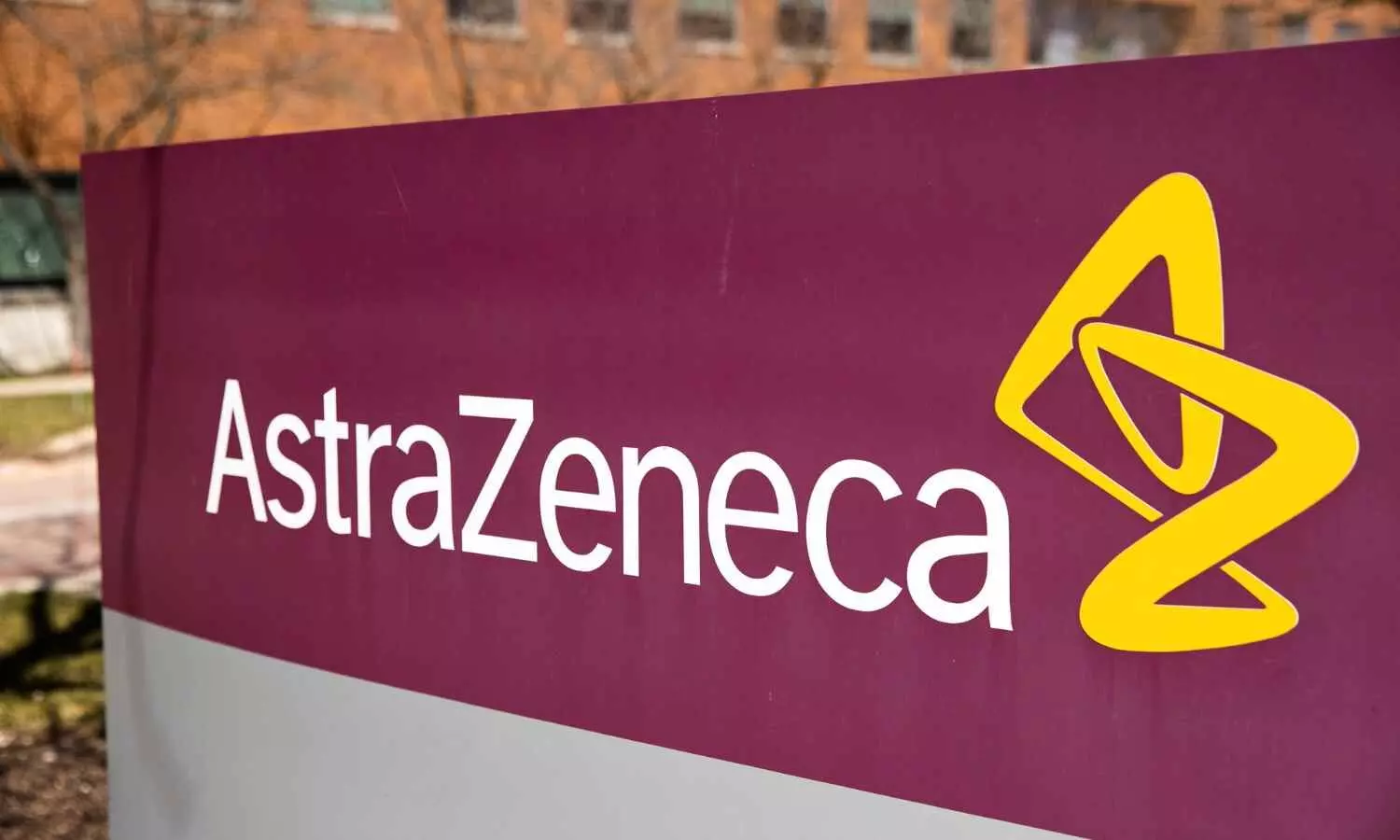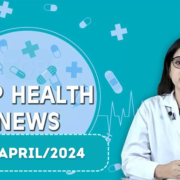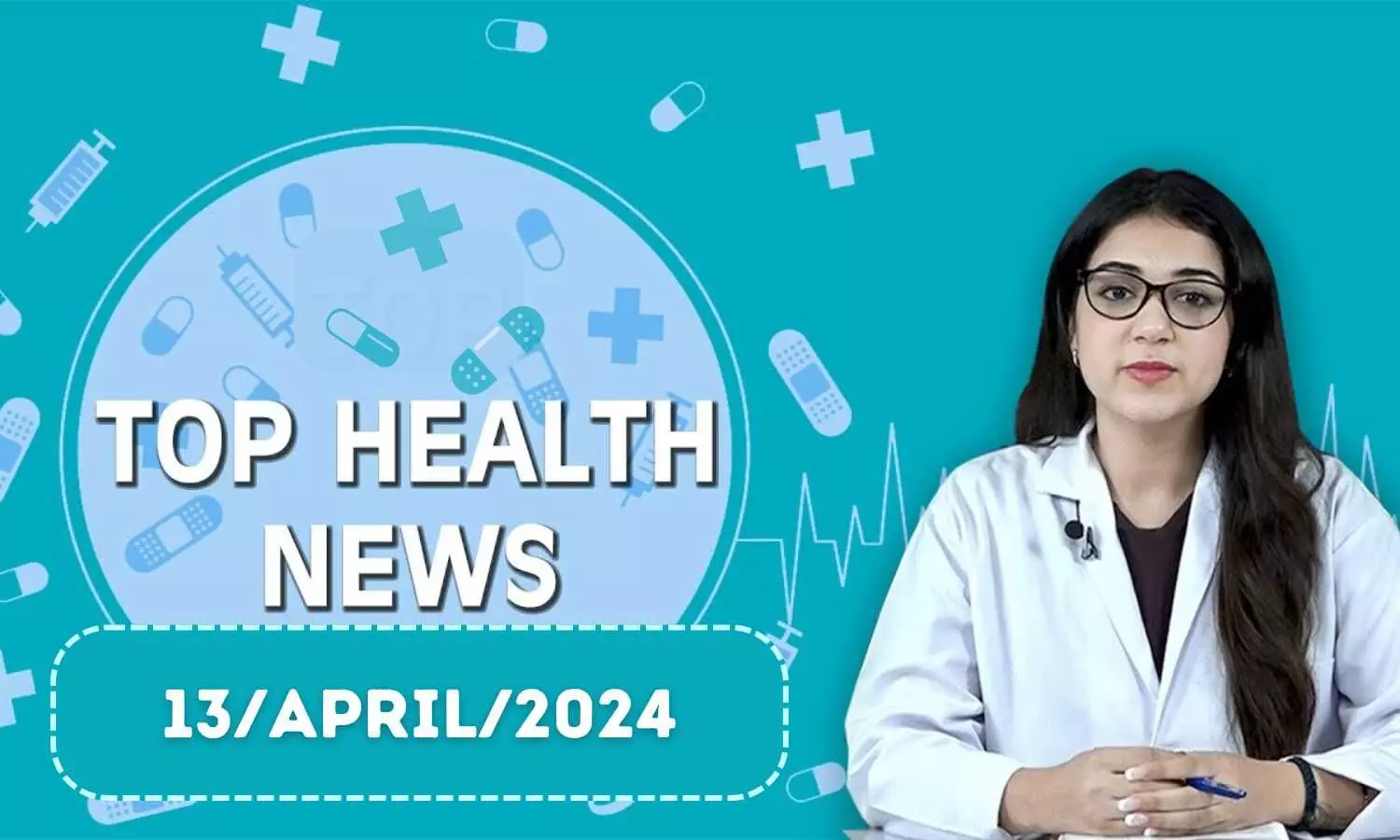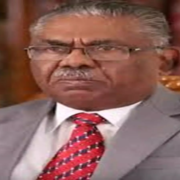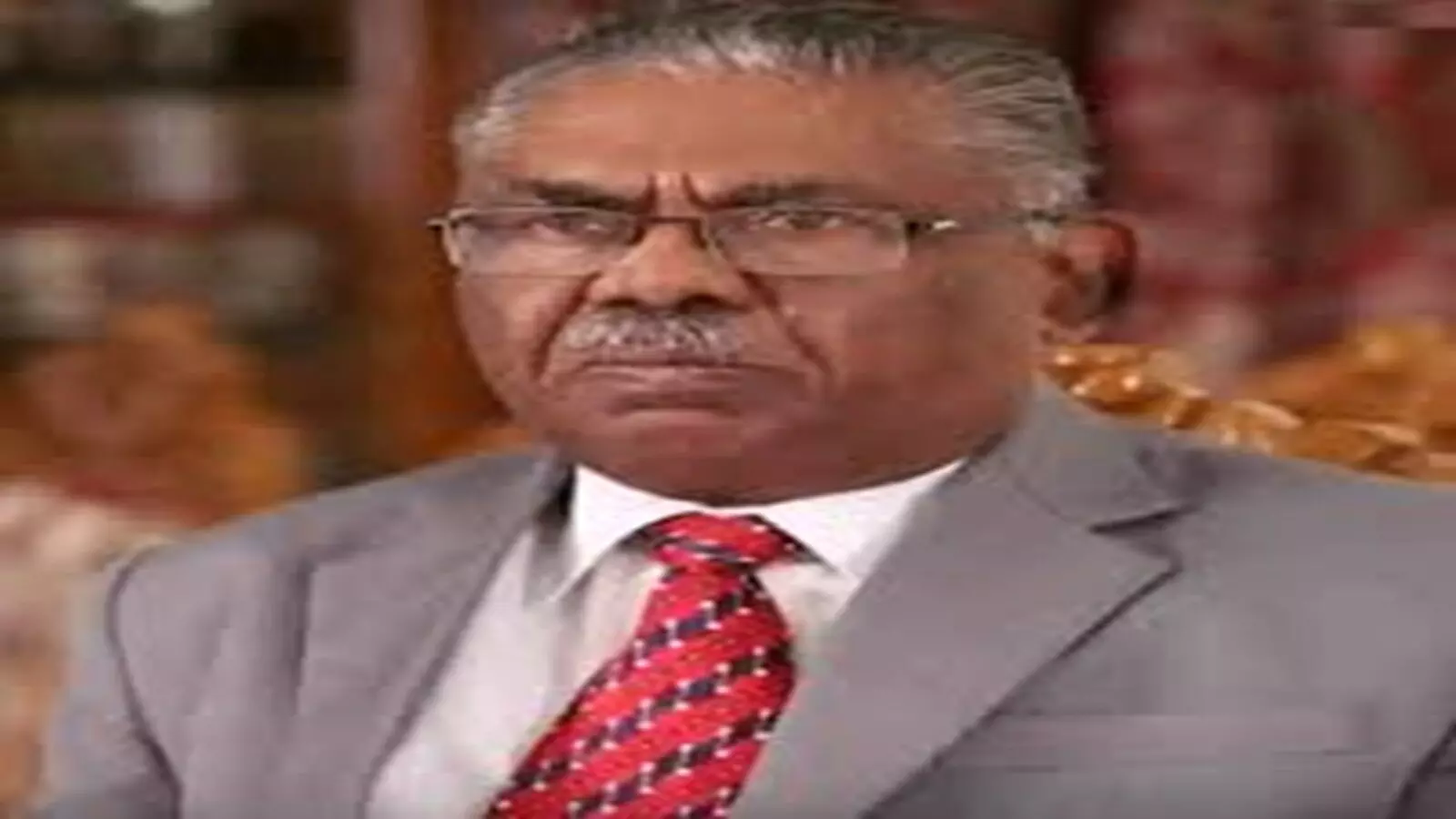INI CET July 2024 At NIMHANS, SCTIMST: Check seat matrix, fee details here
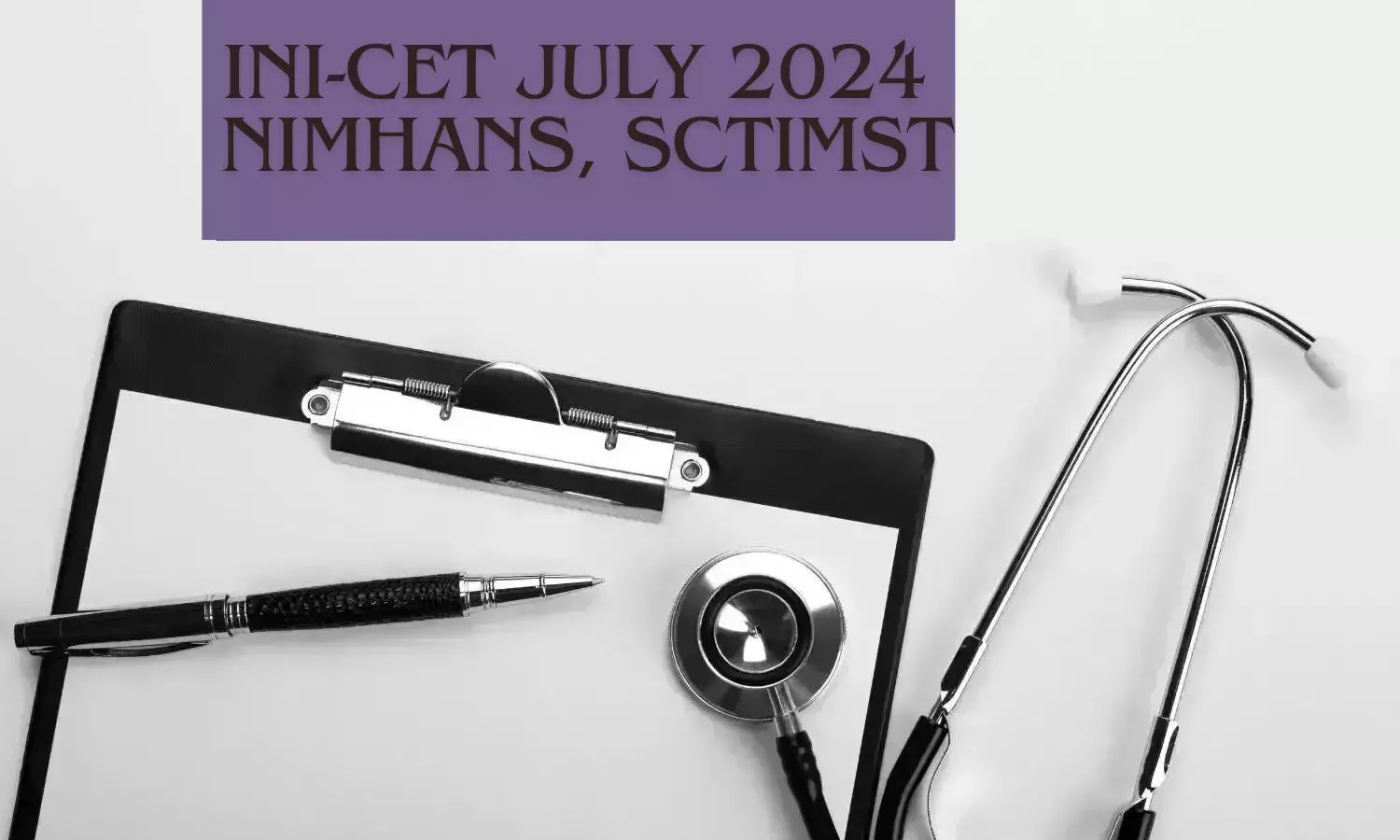
New Delhi- On its website, the AIIMS has released prospectus for INI CET July 2024 admissions at National Institute of Mental Health and Neuro Sciences (NIMHANS) and Shree Chitra Tirunal Institute for Medical Sciences and Technology (SCTIMST).
In the 2 prospectus, the institutes have provided details on the fees, eligibility criteria, seat matrix and much more. The candidates can check out the same as mentioned below.
ELIGIBILITY CRITERIA OF (NIMHANS) FOR MD, DM (3 & 6 YEARS), MCh (3 & 6 YEARS) COURSES
1 MBBS degree from a recognised University or from any other University recognised as equivalent thereto by NIMHANS and by the Medical Council of India/ National Medical Commission (NMC).
2 The candidate should have completed a compulsory rotation internship of one year after MBBS or its equivalent as recognized by NMC on or before 31st July 2024. A certificate to that effect has to be produced. The candidate should have permanent/provisional registration with the State Medical Council. Candidates who do not submit the Internship certificate on the day of admission to the course will not be admitted under any circumstance.
FEES STRUCTURE
|
S.NO |
DETAILS |
AMOUNT PER YEAR |
COURSE WITH DURATION IN YEARS |
|
|
MD Course |
DM/M.Ch Courses |
|||
|
3 Years |
6 Years |
|||
|
1 |
Eligibility fee |
5,000 |
||
|
500 |
500 |
500 |
||
|
100 |
||||
|
2 |
Registration fee |
1,000 |
1,000 |
1,000 |
|
3 |
Tuition Fee |
50,000 |
50,000 |
50,000 |
|
4 |
Laboratory fee |
500 |
1,500 |
3,000 |
|
5 |
Gymkhana & Recreation Fee |
250 |
750 |
1,500 |
|
6 |
Library fee |
1,000 |
3,000 |
6,000 |
|
7 |
Caution Money & Hostel Deposit |
5,000 |
5,000 |
5,000 |
|
8 |
Identification card fee |
100 |
100 |
100 |
|
9 |
NHS card fee |
100 |
100 |
100 |
|
10 |
Examination fee: Part I |
4,500 |
4,500 |
4,500 |
|
11 |
Part II |
6,500 |
6,500 |
6,500 |
|
12 |
Part III |
12,500 |
12,500 |
|
|
13 |
Exit Examination Application fee |
50 |
100 |
150 |
|
14 |
Marks Card fee |
100 |
200 |
100 |
|
15 |
Total |
73,250 |
90,950 |
|
FOREIGN NATIONALS (EXCEPT FROM SAARC COUNTRIES)
|
S.NO |
NAME OF THE COURSE |
TUITION FEE |
REGISTRATION FEE |
|
1 |
DM/M.Ch. ( 6 years duration) Courses |
60,000 |
1,000 |
|
2 |
MD ( 3 years duration) Courses |
50,000 |
1,000 |
SEAT MATRIX
The following seats are reserved for various ‘Domicile Categories’ in various courses:
|
Domicile reservation category |
Karnataka Domicile |
North Eastern States Domicile |
|
MD in Psychiatry Course: |
||
|
Session 1 |
04 seats under ‘Institute Stipendiary’ and 01 seat under ‘Sponsored Category’ |
03 Seats under ‘Institute Stipendiary Category’ |
SCTIMST
IMPORTANT DATES FOR ADMISSION IN (SCTIMST)
|
Admission Notification |
As per schedule/important dates available in the Prospectus Part-A of the INIs for July 2024 session |
|
Availability of online Application |
|
|
Hall ticket download |
|
|
Commencement of courses |
1st July 2024 |
|
Director’s welcome address |
06th July 2024 |
ELIGIBILITY CRITERIA OF (SCTIMST) FOR MD, MS, DM (6 YEARS), MCh (6 YEARS) & MDS COURSES
MBBS or equivalent degree from a recognised university. They should complete one year of compulsory internship from a medical college/institute on or before 31st July 2024. The candidate should have applied for and obtained registration with the State Medical Council before admission.
FEES STRUCTURE
|
S.NO |
PARTICULARS |
AMOUNT (INR) |
|
1 |
Admission fee |
2,000 |
|
2 |
Tuition Fee |
63,000 (per year) |
|
3 |
Caution Deposit (Refundable) |
10,000 |
|
4 |
Examination Fee |
10,000 |
|
5 |
Thesis Evaluation Fee |
1500 |
|
6 |
Identity Card |
220 |
|
7 |
Library |
1,000 |
|
8 |
Student Welfare Fund |
1,000 |
|
9 |
Certificates |
1,000 |
|
10 |
Miscellaneous Fee |
10,000 |
SEAT MATRIX
|
Program |
Number of Seats |
Duration (Years) |
Qualifications required |
|
|
General quota |
Sponsored seats |
|||
|
MD in Transfusion Medicine |
NIL |
1 |
3 |
MBBS or equivalent degree from a recognised University |
To view the (SCTIMST) prospectus, click the link below
To view the (NIMHANS) prospectus, click the link below
https://medicaldialogues.in/pdf_upload/nimhans-prospectus-236014.pdf
Powered by WPeMatico

